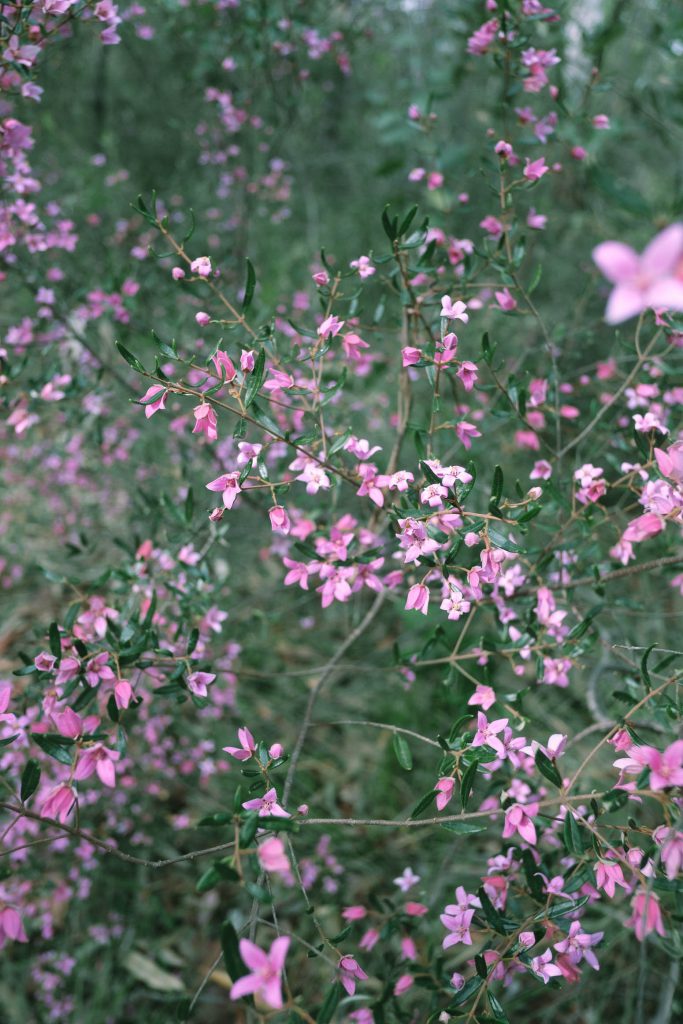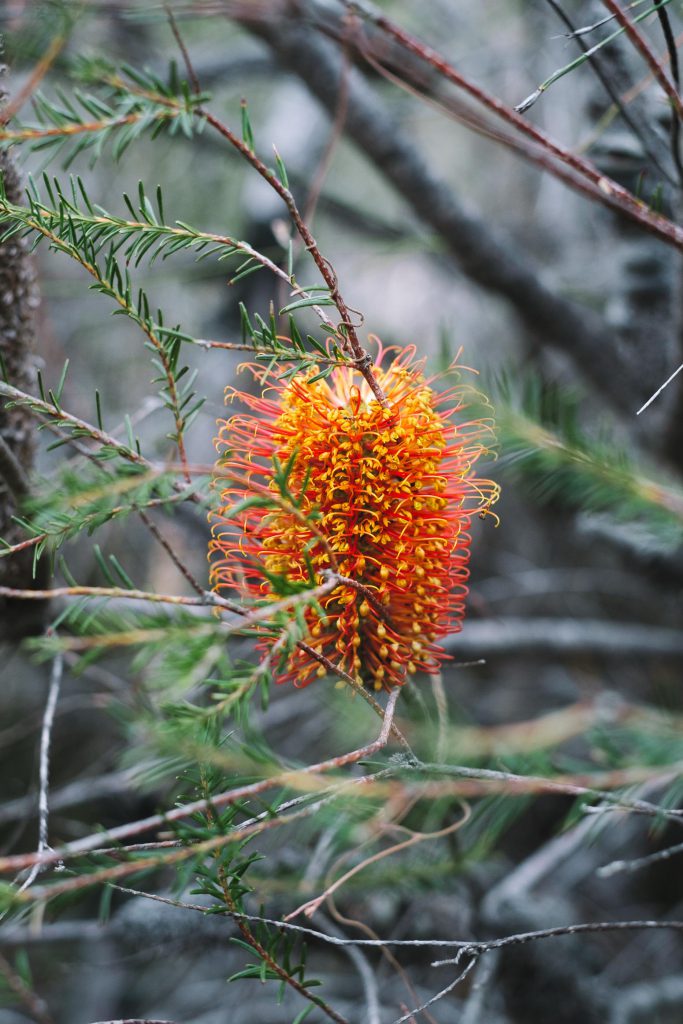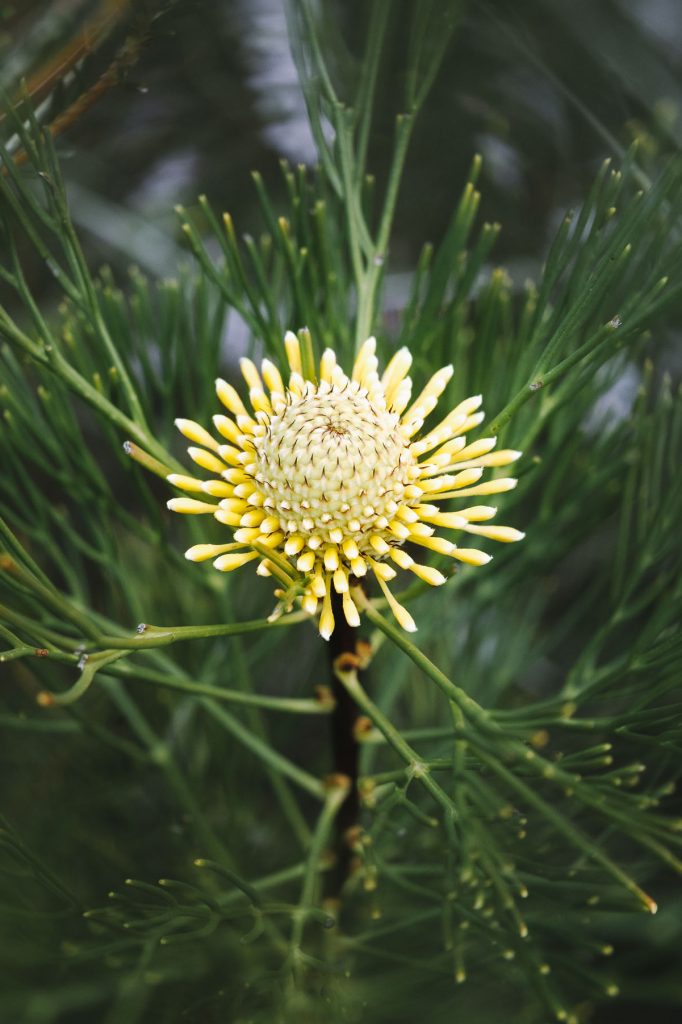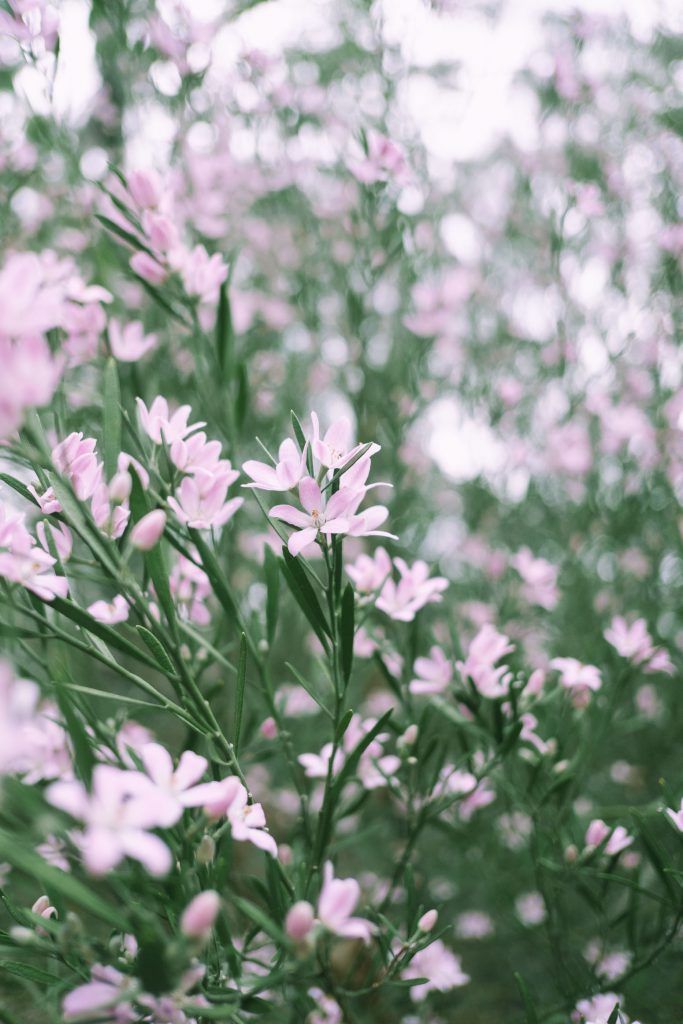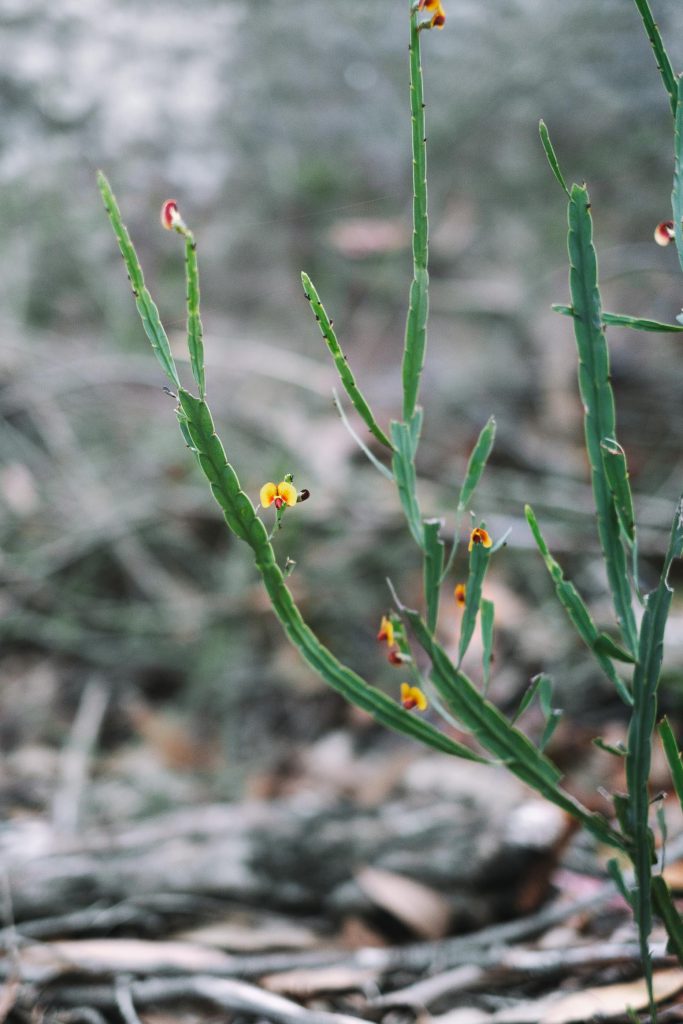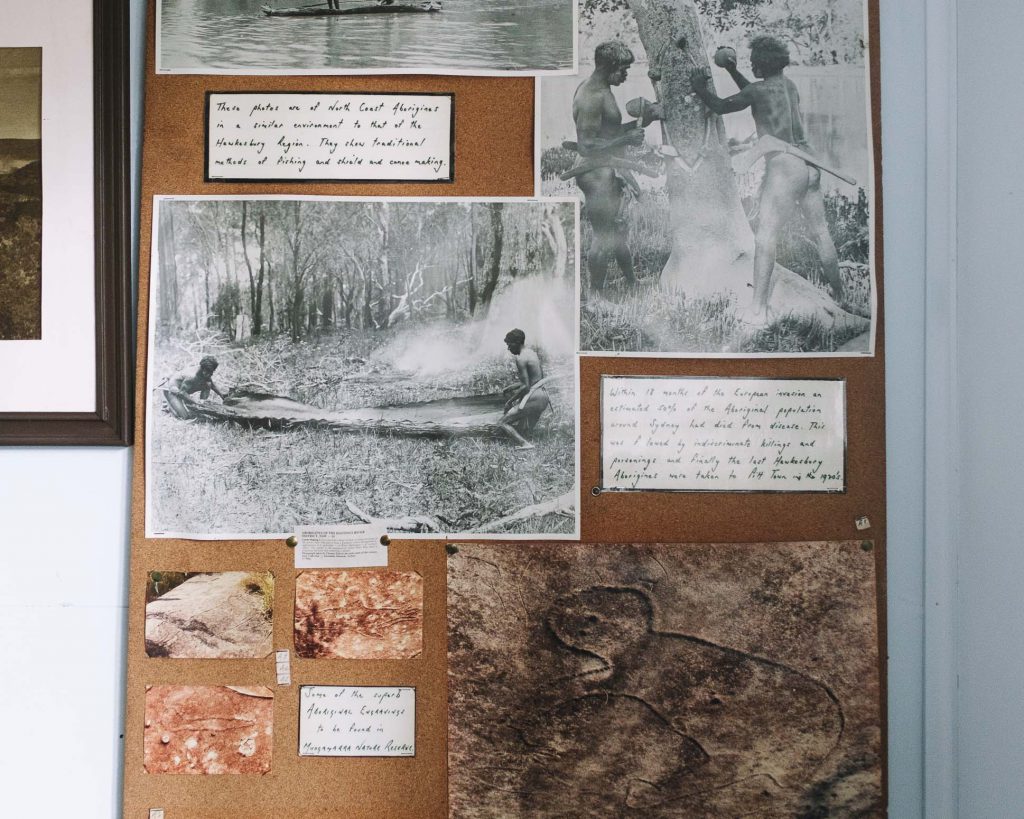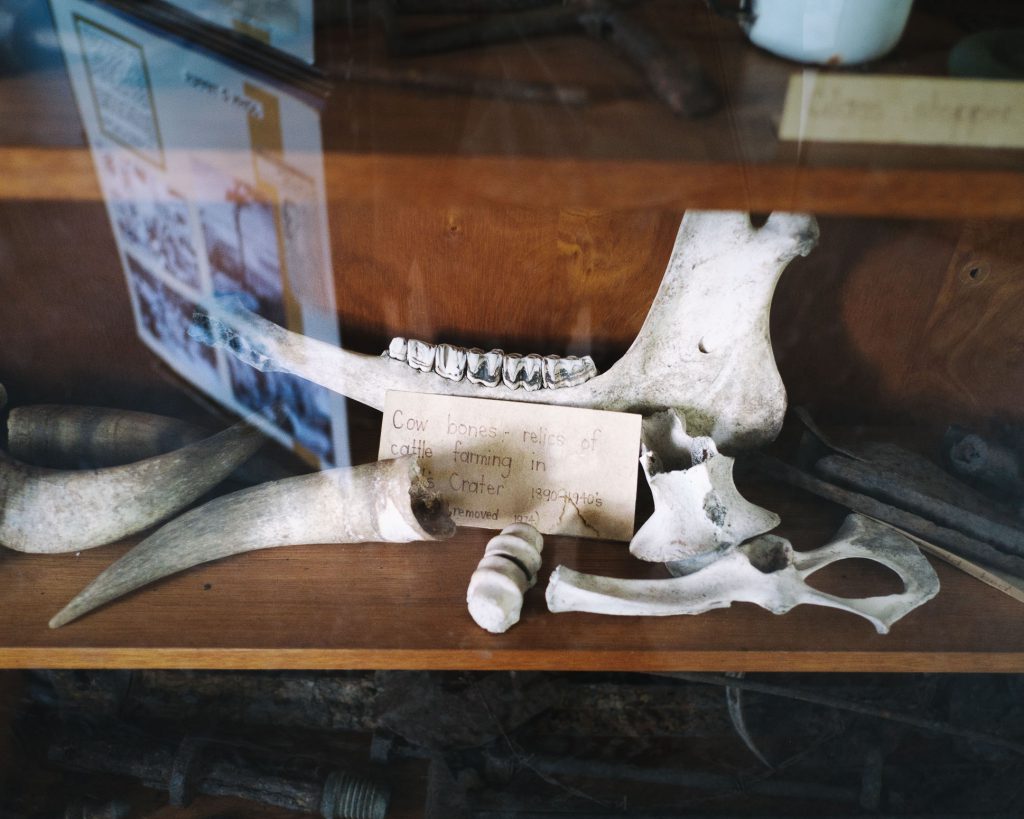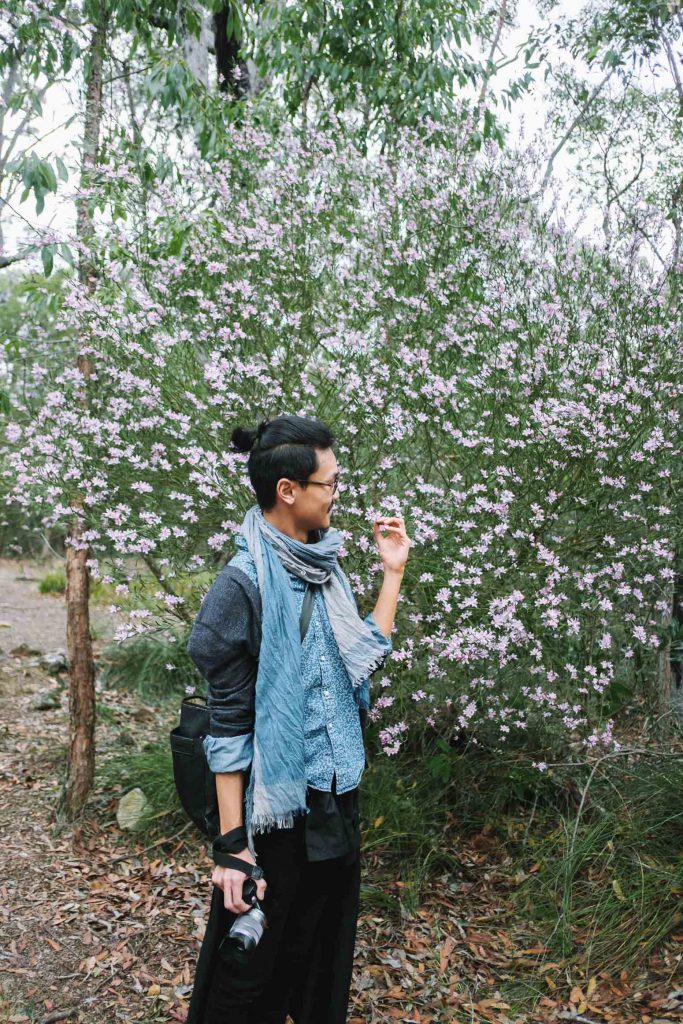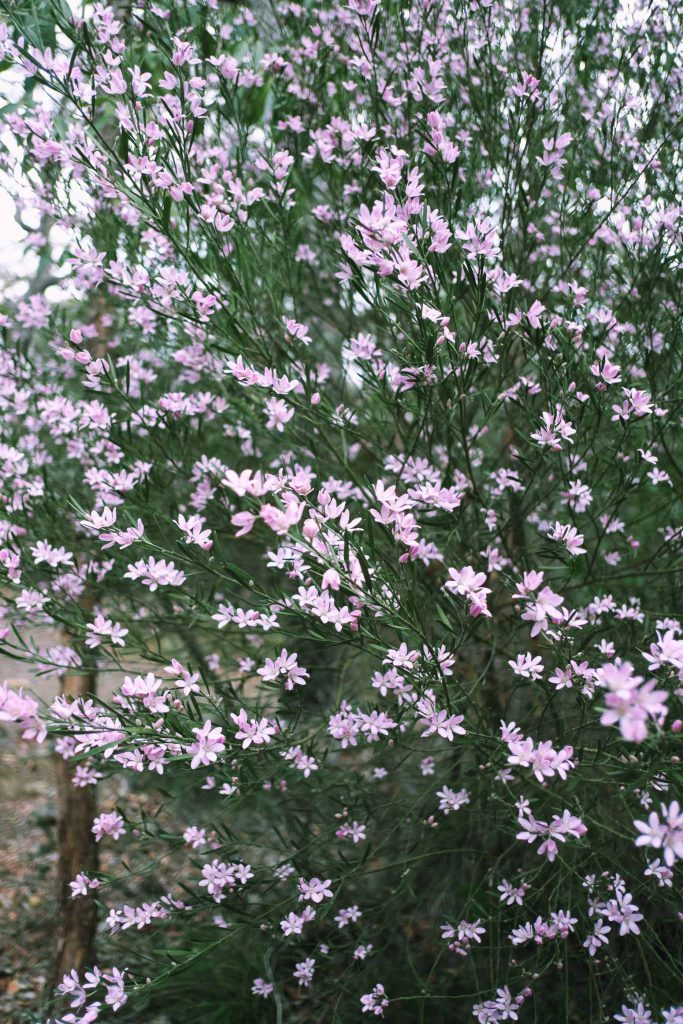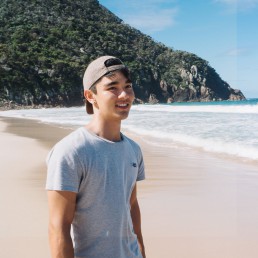A nature reserve full of Australian Wildflowers
Springtime is when Muogamarra Nature Reserve bursts into wildflower season. Closed for most of the year to the public, Muogamarra is only open in the spring months from August to September. This is unusual for a national park, because it gives an opportunity for the wildlife to recover from human interaction. This is the BEST place to see wildflowers in the entire Sydney basin. There are a number of hikes to do in Muogamarra, and along the way you’ll find many native birds, Aboriginal heritage sites and rock carvings.
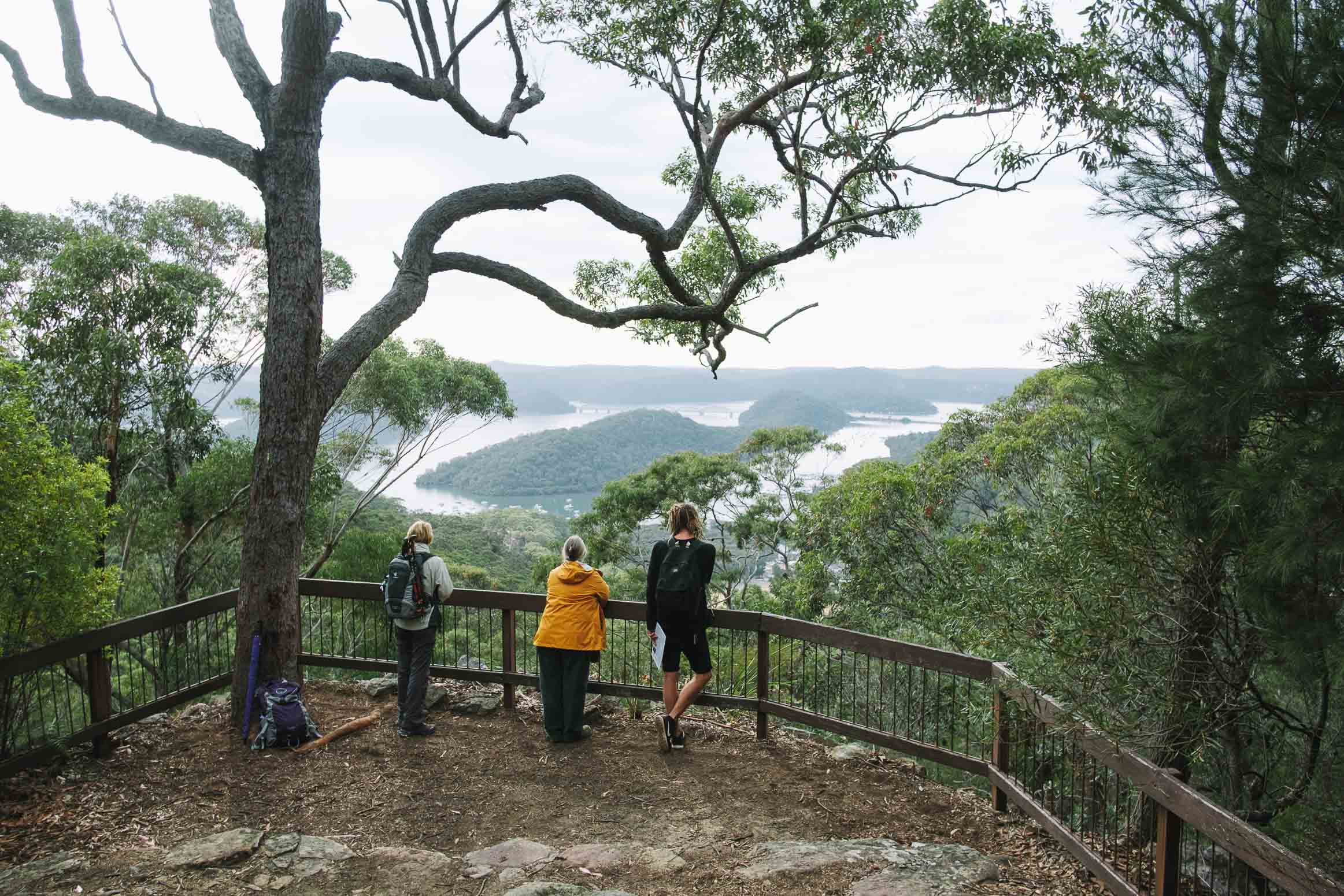
Hiking in Muogamarra Nature Reserve
If you don’t know much about Australian wildlife, or want a more informative day, I would suggest booking a tour with NSW parks here. If you just want to go hiking, check out Lloyd Trig, Peats Crater, Deerubbin Lookover or Bird Gully Swamp. There are hikes ranging from 1-10km. So whatever type you feel like, Muogamarra has it. We did sections of each walk, and spent about 4 hours here. When you get to the visitor’s centre they will give you a map.

Wildflowers in Muogamarra – Macro Photography!
With over 900 species native to the area, there are plenty of unique plants blooming in Muogamarra. I went hiking with a new friend Justin Chan, who is doing a phd in botany. We took plenty of photos of the flowers in the park, and I learned a lot about them on the way. This is a fantastic place to practice your macro / close-up photography (whether that’s with a DSLR, or an iphone!). Check out my blogpost about 10 species of wildflowers to look for in Sydney this spring.
Wildlife in Muogamarra
There are some interesting animals in Muogamarra Nature Reserve. I first came here a few years ago looking for frogs (didn’t find any), but did find these strange looking spiders known as ‘Flat Rock Spiders’ (Hemicloea). I’ve never seen them anywhere else in Australia, yet here I found quite a few under rocks. If you’re scared of spiders – don’t worry – you won’t find them unless you’re specifically searching under rocks. Just make sure to be as gentle as possible when treading across sandstone areas. For more information about the wildlife in Muogamarra Nature Reserve, check out my blogpost about the animals in Muogamarra.

Aboriginal Heritage and History
‘Muogamarra’ means to preserve for the future in the Kuringai People’s language. It’s therefore fitting that this region is carefully protected and only accessible to researchers throughout most of the year. We saw a few Aboriginal rock carvings on the sandstone plateau. It’s said that there are many more hidden away, in order to prevent further degradation by erosion and human influence. There is a small museum room with information about the Indigenous People who lived here. Over 300 years ago it would have been an incredible place to live, with plenty of food from the sea and bush tucker from the plants. Parts of the reserve were used for farming by westerners briefly, however it was stopped in order to retain the natural state of the Australian bushland. To find out more I’d recommend
Getting to and Parking in Muogamarra Nature Reserve
Muogamarra Nature Reserve is just above Cowan, around 1hr north of the Sydney CBD. I’ve put in the entrance point on google maps. Please note that it’s just before a bend on the Old Pacific Highway, so you need to be careful of other cars. It’s best to drive here. The road is dirt but 2wd cars can handle it easily. Staff will direct you where to park.
Once in the park you will need to pay the entrance fee of ~$15 pp, regardless of whether you have a parks pass (this benefits the nature reserve directly so don’t be stingy). It is open from 9am to 4:30pm on the weekends of August and September. It usually closes mid September, so it’s best to check the website before going. The contact for the reserve is Kalkari Discovery Centre (02 9472 9300, 02 9472 9301).
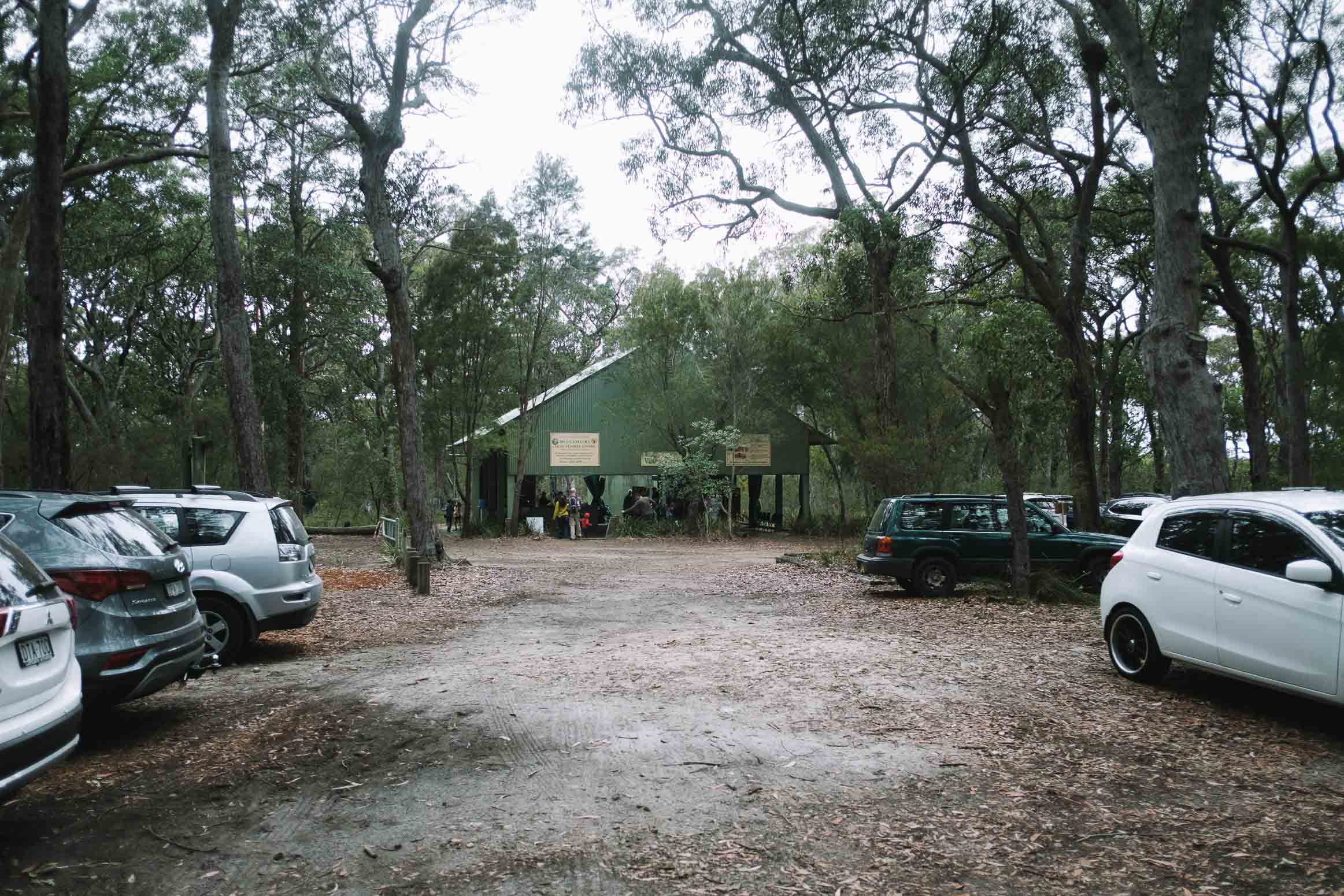
Location of Muogamarra Nature Reserve
Thanks to Justin for helping me out with this post and for teaching me about the plans on this trip. Check out his photos of native Australian flora on instagram @jytc_botany. I’ve never seen many of the plants he finds in the bush!
I’ve made a blogpost about some of the best wildflowers in Muogamarra here.
And here is a blogpost about the interesting wildlife in Muogamarra Nature Reserve.
About me
Hi there! I’m Noah and you’ve found my travel blog. I love roadtrips, photography and nature. Follow @zeebachi on instagram to keep up with my latest travels!
